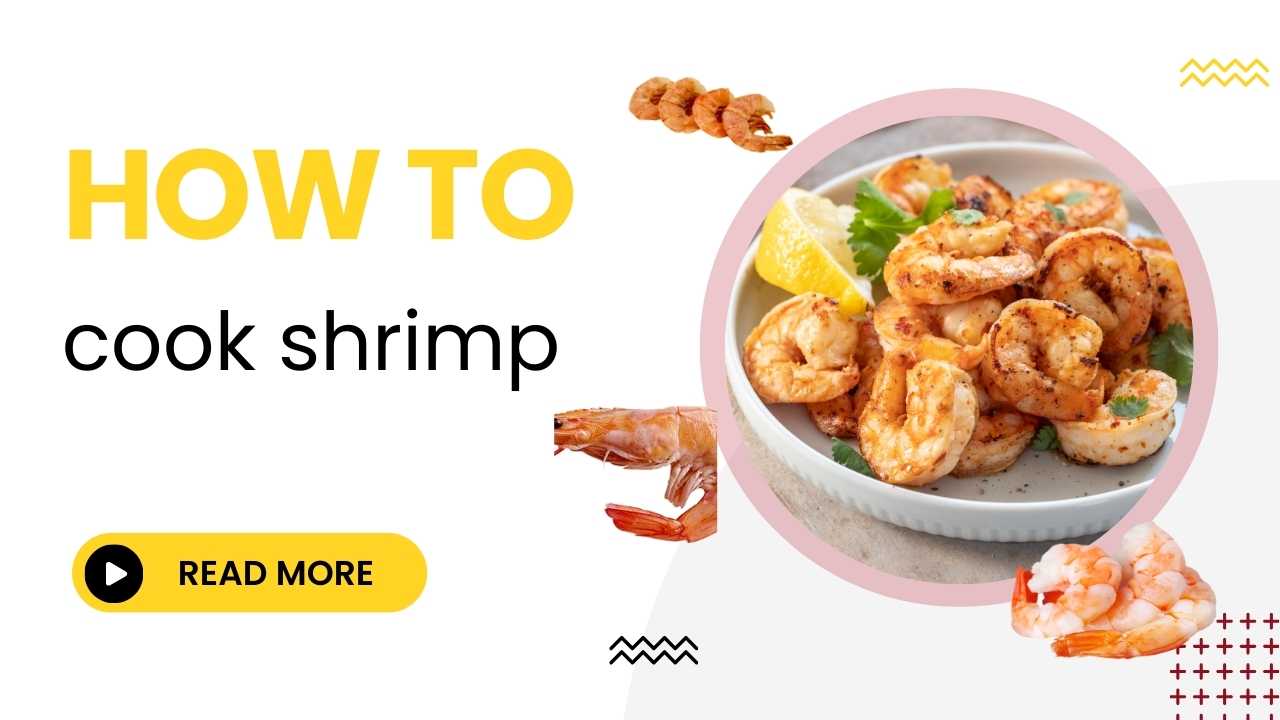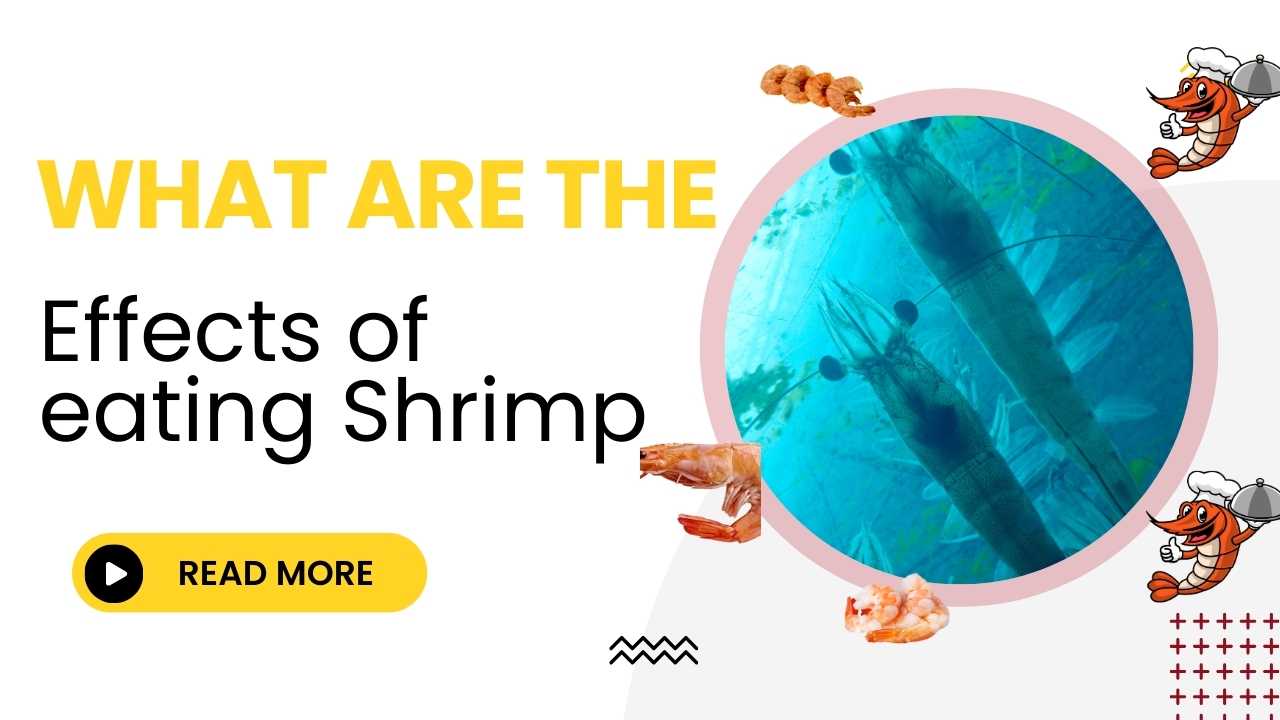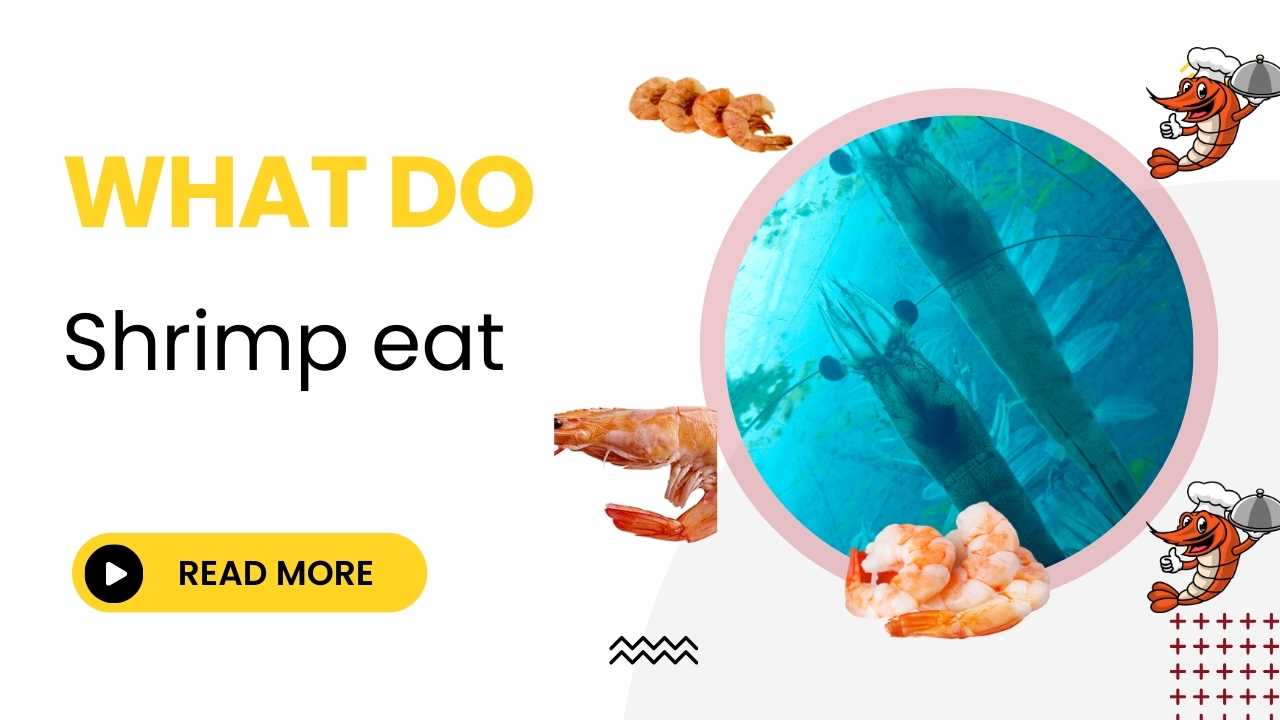Shrimp is a versatile and delicious seafood that can be cooked in various ways to suit different tastes and dishes. Whether you’re a novice in the kitchen or an experienced home cook, learning how to prepare shrimp correctly will elevate your culinary skills. This guide covers everything you need to know about cooking shrimp, from selection and preparation to different cooking methods.
Read More: Is shrimp good for men?
Selecting and Preparing Shrimp
Before diving into cooking, it’s important to choose and prepare your shrimp properly.
Selecting Shrimp
Types of Shrimp:
- Fresh vs. Frozen: Fresh shrimp has a shorter shelf life, while frozen shrimp can be stored for longer periods. Both can be equally good if handled properly.
- Size: Shrimp is often labeled by size, such as small (51-60 per pound), medium (41-50 per pound), large (31-40 per pound), and jumbo (21-25 per pound). Choose the size based on your recipe requirements.
- Wild vs. Farmed: Wild-caught shrimp typically have a stronger flavor, while farmed shrimp are more consistent in size and availability.
Buying Tips:
- Smell: Fresh shrimp should have a mild, ocean-like smell. Avoid shrimp with a strong, ammonia-like odor.
- Appearance: Look for shrimp with a translucent, glossy appearance. Avoid shrimp with black spots or a dull color.
Preparing Shrimp
- Thawing Frozen Shrimp:
- Place frozen shrimp in the refrigerator overnight.
- For a quicker method, place shrimp in a colander and run cold water over them until thawed.
- Peeling and Deveining:
- Peeling: Remove the shell by pulling off the legs and peeling back the shell from the body. You can leave the tail on for presentation if desired.
- Deveining: Use a paring knife or deveining tool to make a shallow cut along the back of the shrimp and remove the dark vein (the digestive tract).
- Rinsing:
- Rinse the shrimp under cold water and pat dry with paper towels.
Cooking Methods for Shrimp
Shrimp can be cooked using various methods, each imparting a unique flavor and texture. Here are some popular techniques:
1. Boiling
Instructions:
- Bring a large pot of salted water to a boil.
- Add shrimp and cook for 2-3 minutes until they turn pink and opaque.
- Drain and transfer to an ice bath to stop the cooking process.
- Serve chilled or use in salads, cocktails, or pasta dishes.
Tip: For added flavor, you can add lemon slices, bay leaves, or Old Bay seasoning to the boiling water.
2. Sautéing
Instructions:
- Heat a skillet over medium-high heat and add a small amount of oil or butter.
- Add seasoned shrimp (salt, pepper, garlic powder, etc.) to the skillet.
- Cook for 2-3 minutes per side until pink and opaque.
- Remove from heat and serve immediately.
Tip: Sautéed shrimp is great for tacos, pasta, or as a protein for salads.
3. Grilling
Instructions:
- Preheat the grill to medium-high heat.
- Thread shrimp onto skewers (if using wooden skewers, soak them in water for 30 minutes beforehand).
- Brush shrimp with olive oil and season as desired.
- Grill shrimp for 2-3 minutes per side until pink and slightly charred.
- Serve hot off the grill.
Tip: Grilled shrimp pairs well with a squeeze of lemon or lime juice and fresh herbs.
4. Baking
Instructions:
- Preheat the oven to 400°F (200°C).
- Arrange seasoned shrimp on a baking sheet in a single layer.
- Bake for 8-10 minutes until pink and opaque.
- Serve as a main dish or use in recipes like casseroles and stuffed vegetables.
Tip: For a quick marinade, mix olive oil, minced garlic, lemon juice, and your favorite herbs.
5. Frying
Instructions:
- Heat oil in a deep fryer or large pot to 350°F (175°C).
- Dredge shrimp in flour, dip in beaten egg, and coat with breadcrumbs or panko.
- Fry shrimp in batches for 2-3 minutes until golden brown and crispy.
- Drain on paper towels and serve with dipping sauce.
Tip: Fried shrimp are perfect for po’boys, appetizers, or as a main course.
Conclusion
Cooking shrimp is quick and easy, making it a fantastic option for weeknight dinners, special occasions, and everything in between. By following these methods, you can enjoy perfectly cooked shrimp in a variety of delicious ways. Whether boiled, sautéed, grilled, baked, or fried, shrimp is sure to be a hit at your table.
FAQ on Cooking Shrimp
Q1: How do I know when shrimp is cooked? A1: Shrimp is cooked when it turns pink and opaque. The flesh should be firm but not rubbery, and the shape should curl into a “C.”
Q2: Can I cook shrimp without thawing it first? A2: While it’s best to thaw shrimp before cooking for even cooking, you can cook shrimp from frozen by adjusting the cooking time. Boil or sauté for a few extra minutes until fully cooked.
Q3: What seasonings go well with shrimp? A3: Shrimp pairs well with a variety of seasonings, including garlic, lemon, paprika, cayenne, Old Bay seasoning, thyme, basil, and parsley.
Q4: How should I store leftover cooked shrimp? A4: Store leftover shrimp in an airtight container in the refrigerator for up to 3 days. Reheat gently to avoid overcooking.
Q5: Can I use pre-cooked shrimp in recipes? A5: Yes, pre-cooked shrimp can be used in recipes like salads, pasta, and cold dishes. If using in a hot dish, add the shrimp at the end to prevent overcooking.


